Candy and crystals make geology learning fun
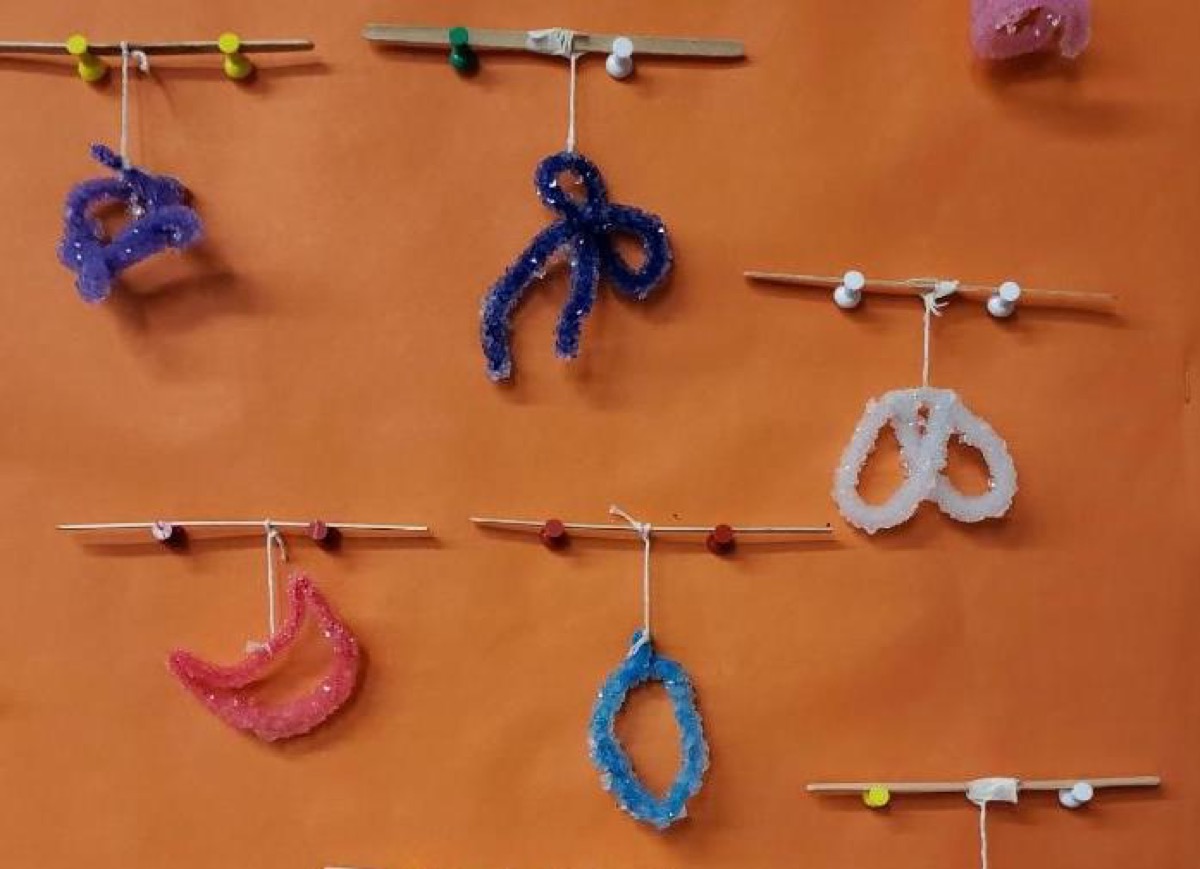
Edible science is always popular with students, and it was just one of the OOGEEP Geology lessons David Hughes used with his 8th graders at St. Agatha School. Hughes attended the summer geology teacher workshop and gained many useful resources for his classroom! "The workshop helped me by reaffirming my current knowledge of geology and also gave me great ideas to take back to my students to help pass on this knowledge to them in fun ways," Hughes said.
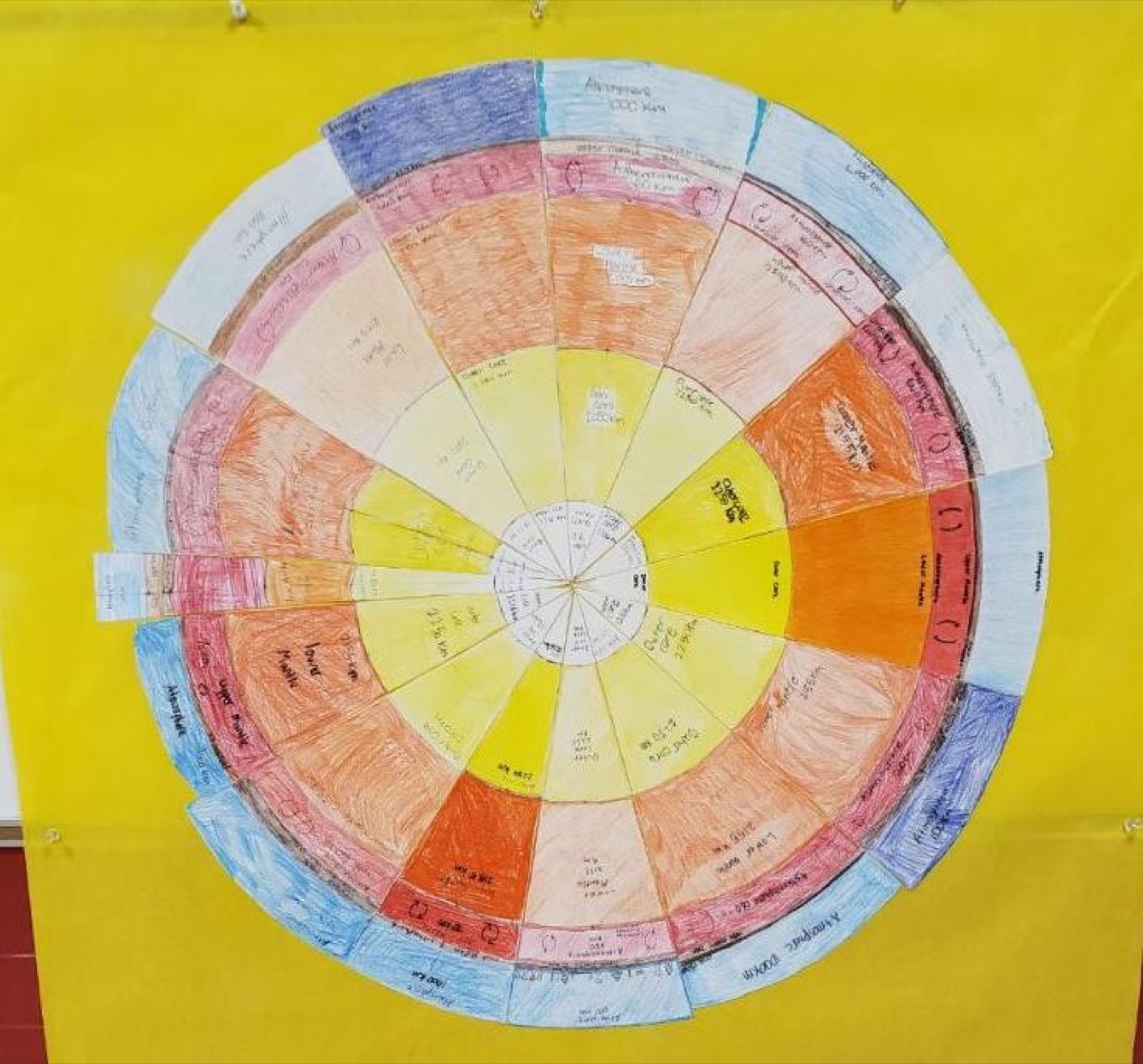
With Scaling Out Earth’s Layers, students learned Earth’s physical and compositional layers and their relative thicknesses. "I liked how this activity includes math, science, and art. Making a compass with a piece of string was new to the students," Hughes said.
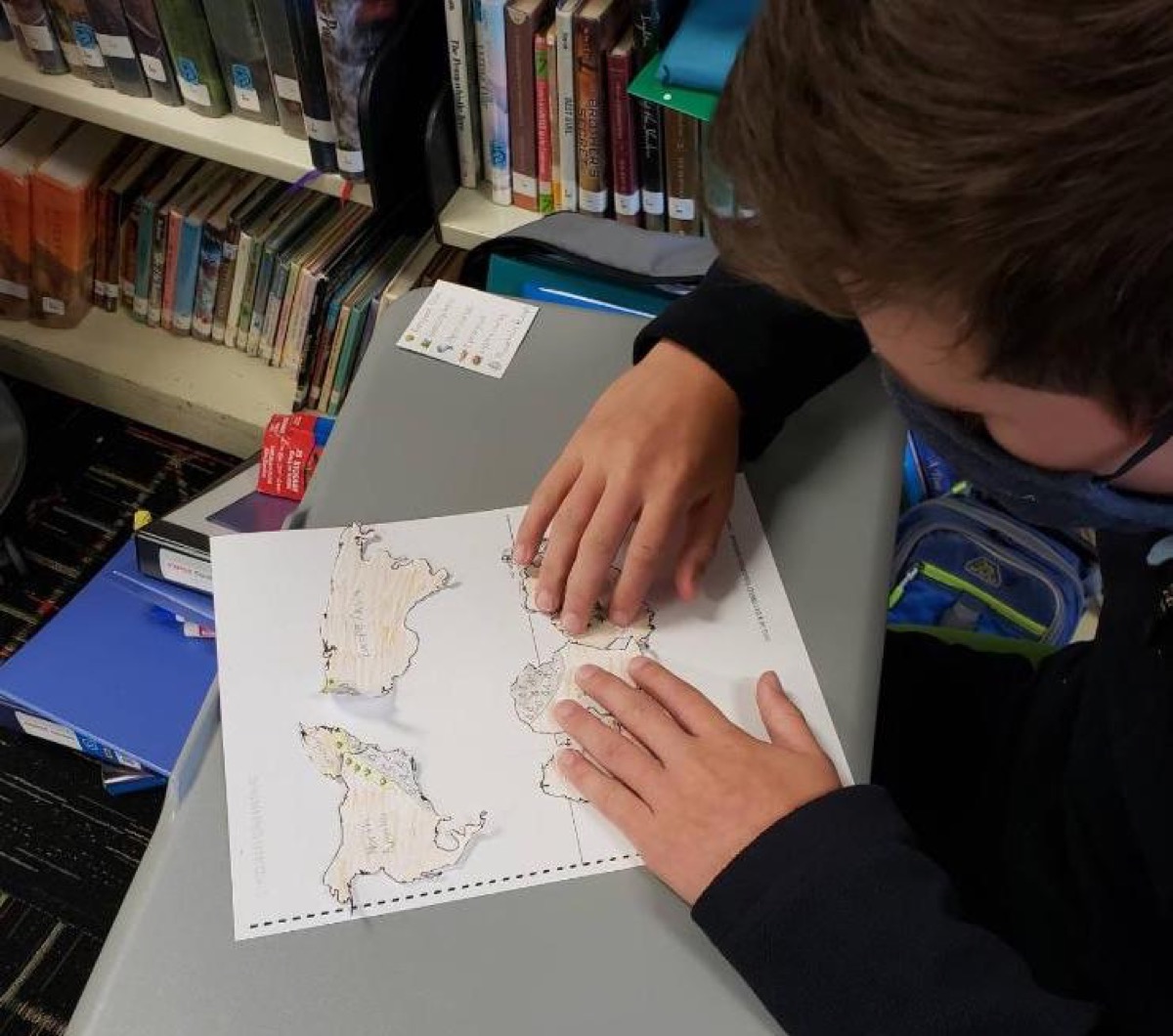
For Puzzling Evidence, a continental drift activity, Hughes gave the students a page with the equator on it but without the continent of Africa. Through trial and error, students figured out where all the continents went in order for the entire map to fit on the paper. The fossil and geological evidence on the continents helped them see how to piece the landmasses together. "This activity fit with my objectives of the students understanding Wegener's Theory of Continental Drift. The use of fossil and geologic evidence along with the shapes of the continents as evidence to support the theory. This activity is a good lead up to better understanding plate tectonics," Hughes said.
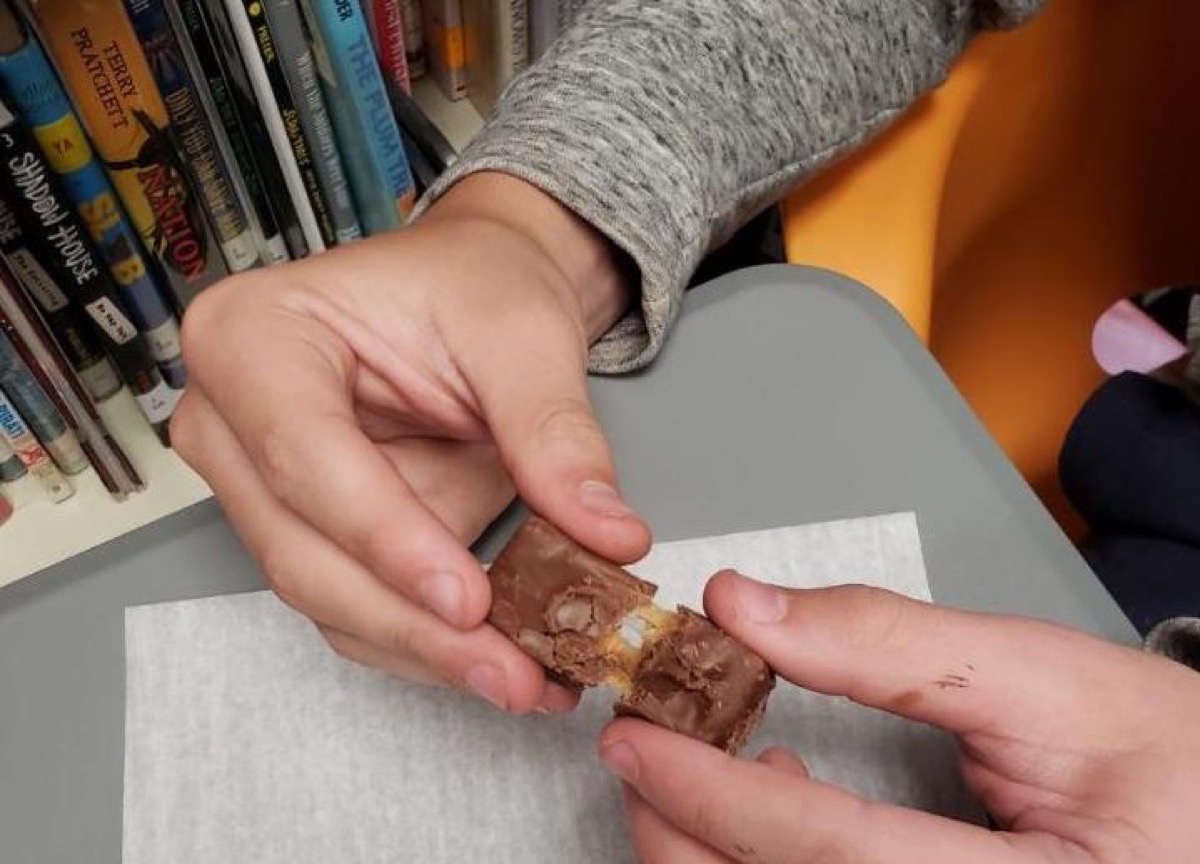
Candy came into the classroom for Edible Tectonics. This activity shows how Earth’s lithosphere responds to the different types of stress associated with plate boundary movement. "This activity is very interactive, which the students enjoyed, and it required them to describe as well as draw what the candy bar looked like after undergoing the different types of stress," Hughes said.
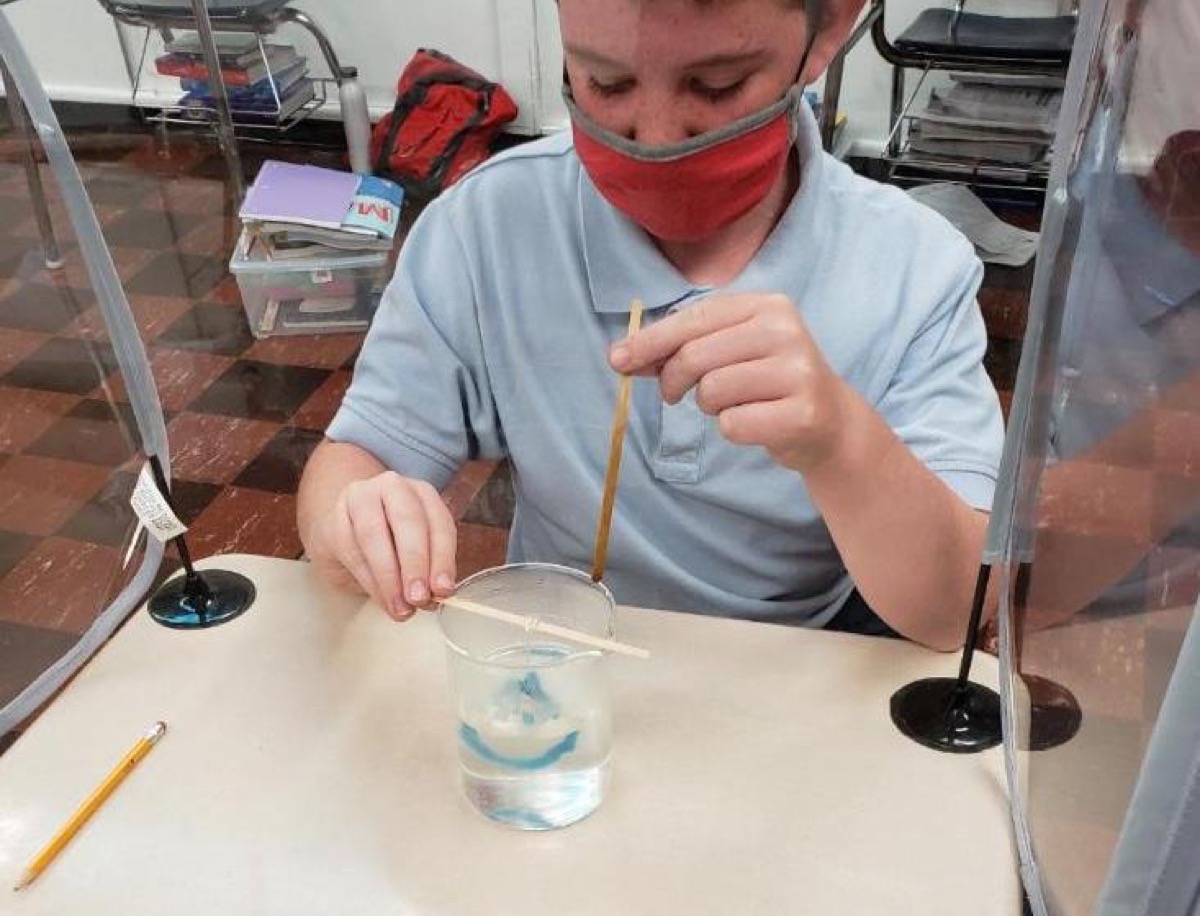
And what about crystals? Hughes' 6th grade students enjoyed Quick Growing Crystals.
"I had the students take a pipe cleaner and make it into any shape they wanted as long as it fit in a 500mL beaker without touching the sides or bottom. The biggest ‘a-ha’ moments came the next day when they saw all the crystals that grew on their pipe cleaner shapes. Many did not think that crystals would grow so easily. They also enjoyed looking at the crystals under the microscope and trying to figure out what shape they took." Hughes set up a separate beaker with Borax crystals so that students could see the difference in the type of crystals formed.
"This great hands-on activity emphasized the formation of minerals from solutions, as well as showing the criteria for being a mineral—definite chemical composition, solid, inorganic, naturally occurring, and crystalline structure. This was also a good activity to refer back to when talking about the formation of chemical sedimentary rock."
We'll be offering this workshop again in the summer. Watch for information and your opportunity to register! Participants receive free curriculum and classroom supplies.